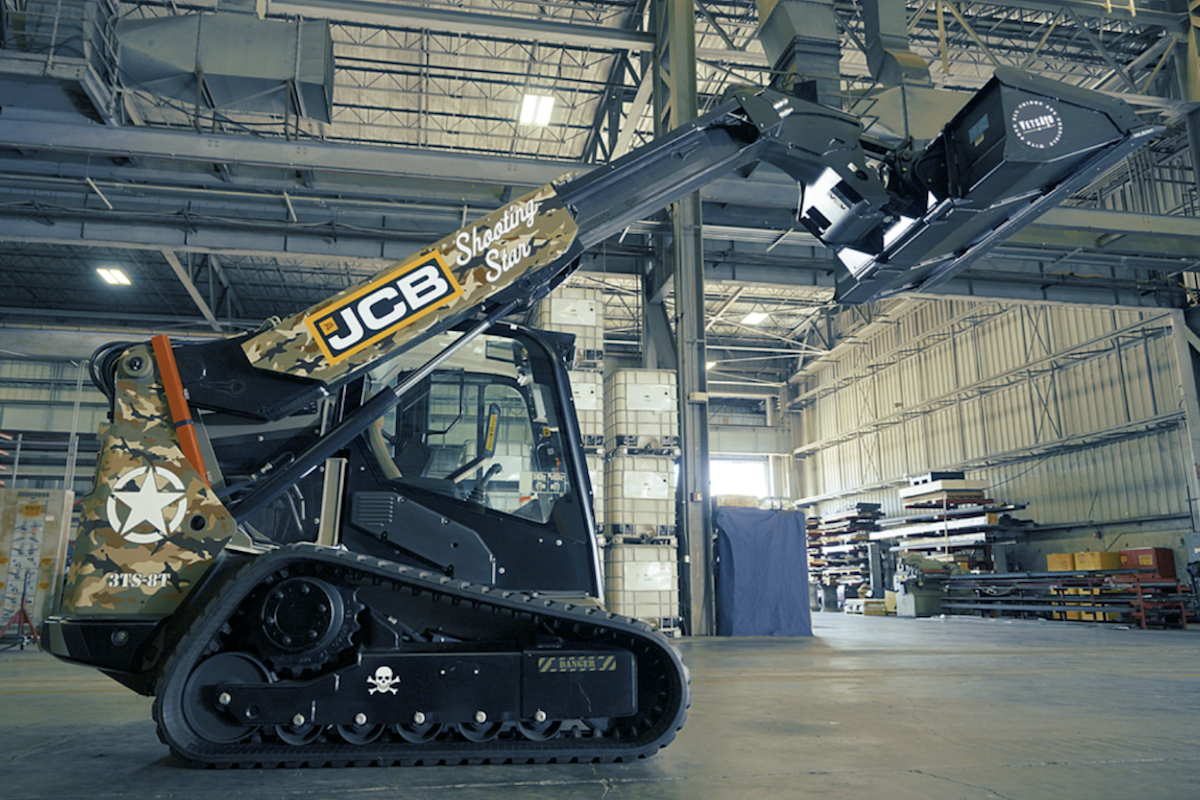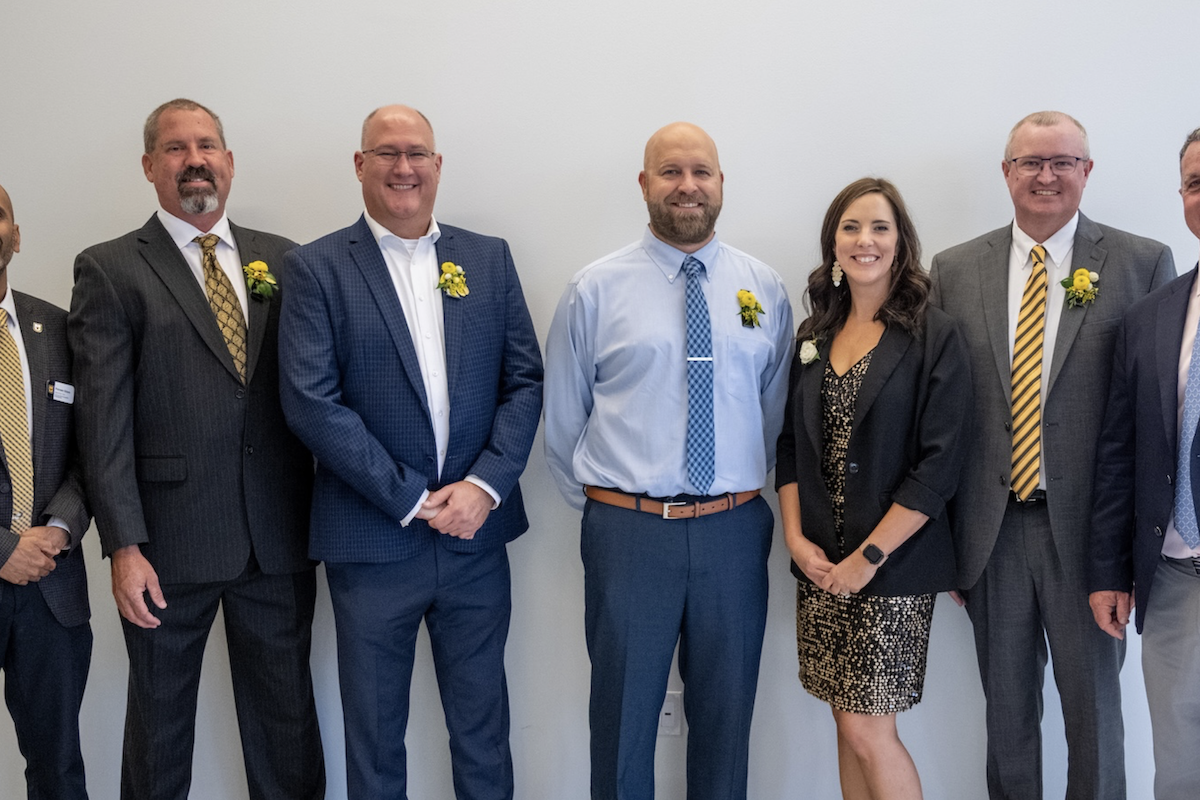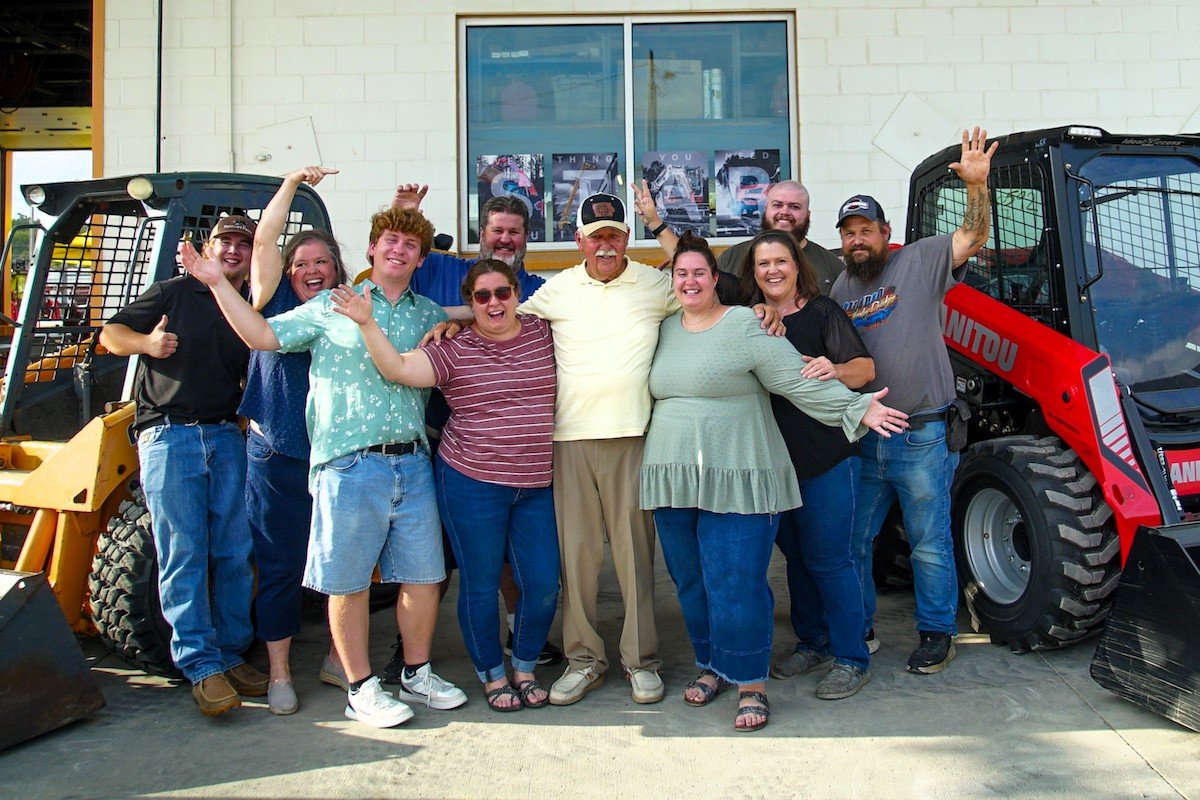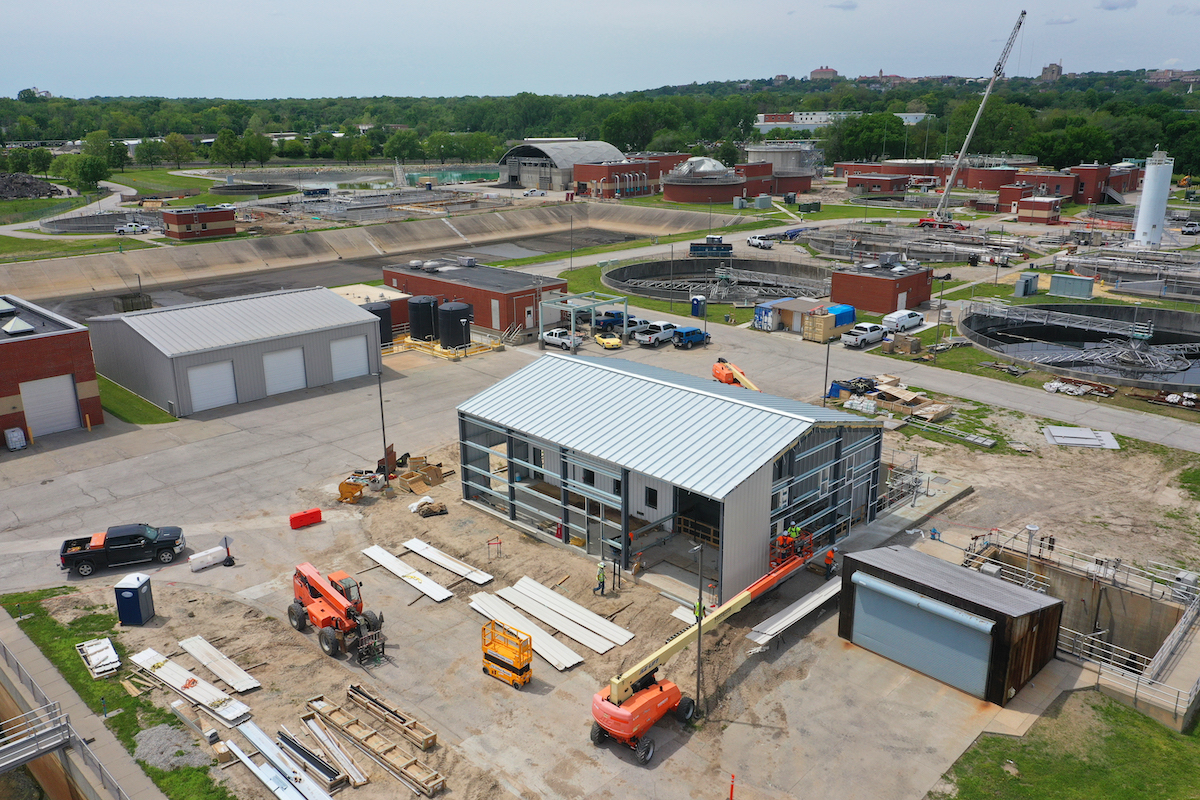“This is the busiest interchange in the state,” said C.R. McLeod, DelDOT’s Director of Community Relations. “It’s the primary crossing over I-95 for several miles in each direction. It’s a very heavily traveled road, which makes the timing and phasing of this construction very critical to keep traffic moving.”
By 2040, traffic volumes through the corridor are projected to grow by 28 percent. To increase capacity, this project widens the roadway and replaces aging overpass structures while enhancing safety.
The current $72 million project – which includes improvements to the SR 141 and Commons Boulevard intersection, as well as SR 141 bridges over southbound I-95 – began construction in August 2019 and is scheduled to finish in spring 2022. R.E. Pierson Construction Company Inc. of Pilesgrove, New Jersey, was awarded the low-bid contract. Their work covers 1.4 miles of northbound and southbound SR 141 over I-95, 1.25 miles of I-95 and I-295 under SR 141, and reconstruction of six ramps totaling 1.8 miles.
Intersection work comprises phases one through four, with improvements to the SR 141 and I-95 interchange in phases five and six. Phase seven includes placing the final asphalt surface course throughout the project.

| Your local Gehl Co dealer |
|---|
| Star Equipment LTD |
“Dividing up the project between the intersection and interchange sections allowed the contractor to attack the job with concurrent phases and provided the flexibility to jump around on the project,” said Kevin Lindell, DelDOT’s Project Manager.
That became especially important due to a delay in right-of-way acquisition. Part of the widening required obtaining land owned by New Castle County, subleased to the Delaware River and Bay Authority, then sublet to the Delaware Air National Guard. Since the land operates as an airport, a change in use approval from the Federal Aviation Administration was required prior to completing the right-of-way acquisition.
“It’s less than 15 feet into their property, but we didn’t obtain all the necessary easements until May 2020,” Lindell said. “We didn’t want to hold up construction, so the contractor started on the interchange work where we didn’t have any right-of-way issues.”
ABC methods help avoid complications. “When the viaduct project starts, the intersection work for this project will still be ongoing, but the lane closures and work associated with building the bridges over I-95 will be complete,” Lindell said.
For each of the two bridges, crews will pour traditional cast-in-place footers, then use precast pier columns and caps.

| Your local Trimble Construction Division dealer |
|---|
| SITECH Central LLC |
“The pier columns have a hollow void through the center that crews will fill with cast-in-place concrete once the columns are set in place, essentially creating a precast concrete form,” Lindell explained. “For the connections between the pier footer-pier column and pier column-pier cap, a corrugated metal pipe is precast into each element to create a void. Once the elements are set in the field, crews will insert a rebar cage into the void, then fill it from above with cast-in-place concrete. That will help accommodate construction tolerances, reducing the risk of fit-up issues in the field.”
For the first time in Delaware, the fabricator making the steel plate girders will ship them to a concrete precast plant. “That fabricator will pour the concrete deck panels on top of the girders,” Lindell said. On the jobsite, “The panels with girders attached will be put together like a puzzle. All the open joints between the pieces will be glued together with ultra-high-performance concrete (UHPC).”
To allow for a jointless transition, the design uses link slabs, with UHPC for longitudinal shear key connections with the superstructure modules. “Eliminating the joints over the bridges helps protect the bearings and substructure elements from water and deicing salts, reducing the need for future maintenance and rehabilitation,” Lindell said.
On the driving surfaces, “Polyester polymer concrete (PPC) will help seal the deck in the event that minor cracking occurs during lifting and handling of the modular units,” Lindell said. “The PPC will also help create a consistent riding surface if there are slight differences in the fabrication tolerances of the superstructure modules.”
Ultimately, “Using the precast elements will not only save construction time in the field and associated maintenance-of-traffic schemes, but it also creates a safer work site by reducing the time and risk associated with working adjacent to roadways with larger traffic volumes and high travel speeds,” Lindell said. “It will also increase quality control, creating a more durable product.”

| Your local Iowa Mold Tooling Co Inc dealer |
|---|
| Star Equipment LTD |
Because of the reduced number of lanes, “As cars come to the top of the off-ramps from southbound I-95 and I-295, they have less of a gap to merge onto northbound and southbound 141,” Lindell said.
To keep traffic moving safely, “We temporarily signalized two off-ramps and the right lane of SR 141, while allowing the left lane of SR 141 to operate with a constant green arrow,” Lindell explained. “Traffic separators isolate the free-flow lane from the signal-controlled lane.”
A queue detection system controls the traffic lights. “When the system senses enough cars on the ramp, it triggers the light to let those cars through so we don’t back up I-95,” Lindell said. “The green signal alternates between the ramp and the right lane of SR 141 to allow one direction of traffic to flow at a time.”
Once the interchange work finishes, the temporary traffic lights will be removed.
Despite the planning, the wetlands occasionally constrain construction in unexpected ways. For example, “The contractor was supposed to bore a waterline underneath SR 141, but the boring area shown on the plans didn’t provide enough access room,” Lindell explained. “If the contractor went out wider, that put them in the wetlands, so instead we decided on a one-day closure for an open cut across the highway. They performed that on a Saturday for lower traffic volumes.”

| Your local Komatsu America Corp dealer |
|---|
| Road Machinery and Supplies Company |
Throughout the spring, Delaware’s stay-at-home order due to COVID-19 resulted in consistently lower traffic volumes. R.E. Pierson’s original contract prohibited daytime lane closures. However, “During the stay-at-home work order, our chief engineer relaxed the restrictions,” Lindell said. “We were able to get approval to do a lot of work during daytime shifts and that allowed us to speed up production.”
Currently ahead of schedule, the contractor is shooting to complete the project early, Lindell said.



































































